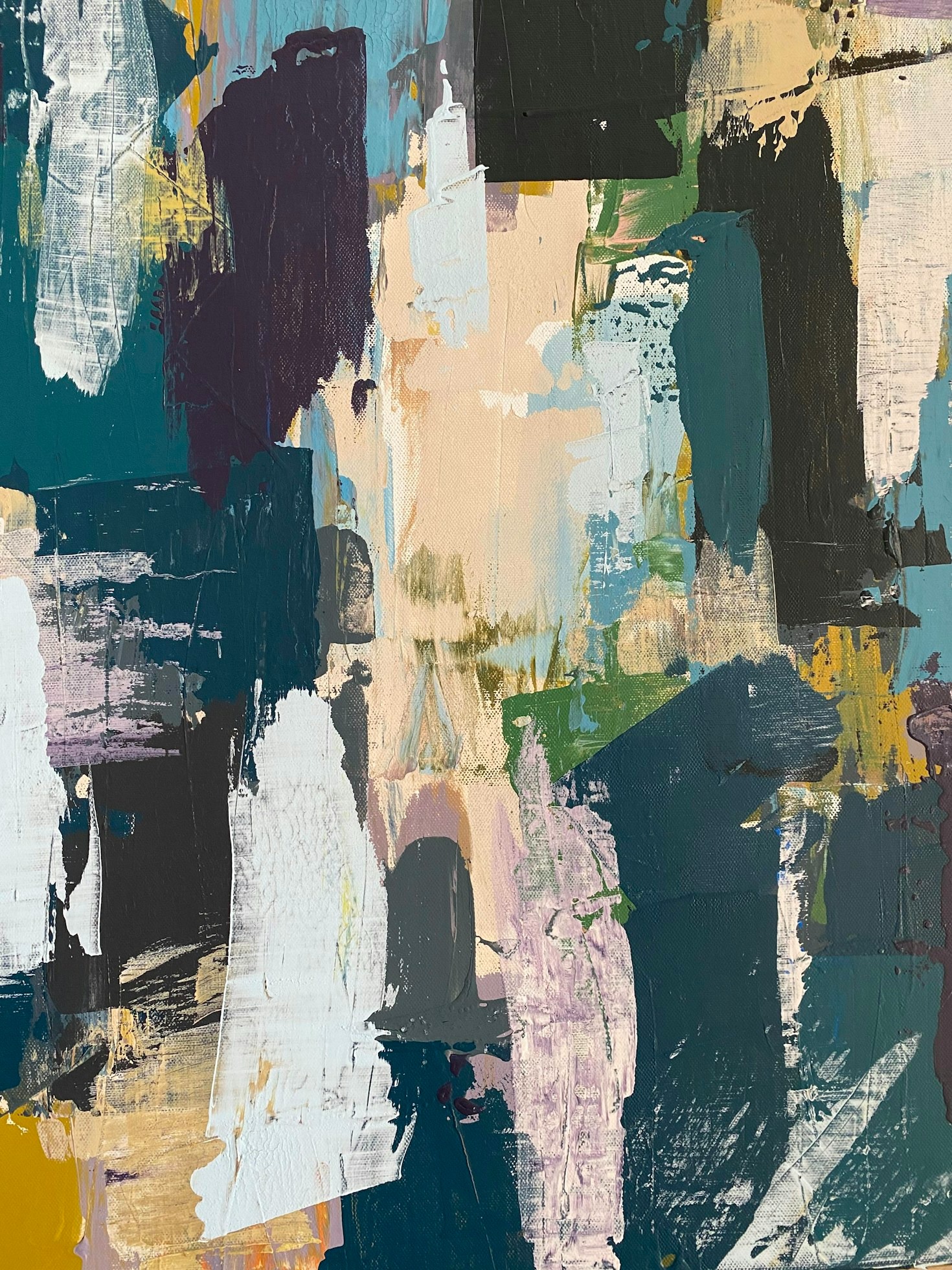Every artwork has a story. Behind every brushstroke, color choice, and composition lies an inspiration—a moment, a memory, or a vision that fuels the artist’s creativity. The journey from a blank canvas to a masterpiece is often as fascinating as the artwork itself. In this article, we explore the sources of artistic inspiration and the creative process that brings ideas to life.


1. Finding Inspiration in Everyday Life
Artists often draw inspiration from the world around them. Simple moments—sunlight filtering through a window, a fleeting expression on a stranger’s face, or the rhythmic sound of waves—can spark an idea that transforms into a powerful work of art.
🎨 Claude Monet, for example, was captivated by the changing effects of light and water, leading to his iconic Impressionist paintings.
Where Artists Find Inspiration:
✅ Nature and landscapes 🌿
✅ Personal experiences and emotions ❤️
✅ Cultural heritage and traditions 🎭
✅ Literature, music, and poetry 📖🎶
✅ Dreams and imagination ✨
2. The Emotional Connection Between Artist and Canvas
Art is not just about aesthetics—it is an emotional language. Many artists pour their deepest feelings into their work, using colors, textures, and forms to express emotions that words cannot capture.
💡 Vincent van Gogh channeled his struggles and emotions into his expressive brushstrokes, creating deeply moving works like Starry Night.
How Emotion Shapes Art:
- Bold colors often signify passion or intensity 🔥
- Soft pastels can evoke calmness and nostalgia 🌸
- Abstract forms allow for personal interpretation 🎭
3. The Creative Process: From Idea to Artwork
The journey of creation is different for every artist. Some plan meticulously, while others let intuition guide them. However, most follow a similar creative flow:
Steps in the Creative Process:
- Inspiration Strikes – An idea, image, or feeling takes shape in the artist’s mind.
- Sketching & Conceptualizing – Early drafts, color tests, and compositions are explored.
- Building the Artwork – Layers of paint, texture, and detail bring the vision to life.
- Refinement & Final Touches – Adjustments and finishing details are made.
- Reflection & Sharing – The artwork is displayed, evoking reactions and interpretations.
4. Overcoming Creative Blocks
Even the most talented artists experience creative blocks. Doubt, perfectionism, and fear of failure can hinder the creative process.
Ways to Overcome Creative Blocks:
✅ Take a break and find new sources of inspiration 🌎
✅ Experiment with different techniques and materials 🎨
✅ Keep a creative journal for ideas and sketches 📓
✅ Surround yourself with other artists and creative minds 👥
5. The Power of Storytelling Through Art
Some of the most impactful artworks tell stories—whether personal, historical, or societal. Artists use symbols, colors, and hidden details to communicate deeper meanings.
🎭 Frida Kahlo used self-portraits to narrate her struggles, identity, and resilience, making her work a timeless exploration of human emotion.
What Makes Art a Powerful Storytelling Tool?
- Universality – People from different backgrounds can relate to emotions in art.
- Interpretation – Viewers can find personal meaning in each piece.
- Timelessness – Stories told through art remain relevant for generations.
Final Thoughts
Behind every masterpiece is a journey of inspiration, emotion, and dedication. Whether drawn from personal experiences, nature, or cultural influences, art allows us to see the world through an artist’s eyes. The beauty of creativity lies in its endless possibilities—each canvas tells a unique and compelling story.
What inspires you the most about art? Share your thoughts in the comments!


Leave a Reply